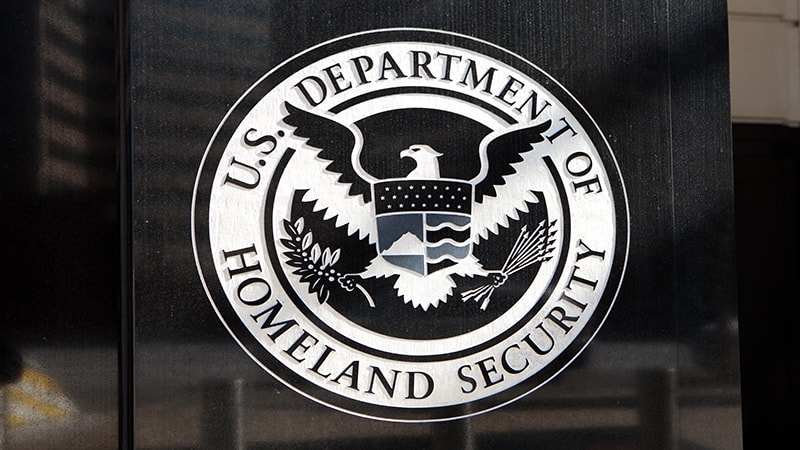
The Department of Homeland Security (DHS) announced the topics for its Small Business Innovation Research presolicitation, with eight coming from the Science and Technology Directorate (S&T).
On the technology side, the planned topics include Identity and Credential Access Management (ICAM) on-the-fly, a cybersecurity peer-to-peer knowledge/lessons learned tool, and blockchain applications for Homeland Security Forensic Analysis. The comment period on the suggested topics is open until December 19.
“The SBIR program provides an opportunity for innovative small businesses to find solutions that meet the technology needs of the department’s operational components and the nation’s first responders,” said William Bryan, Senior Official Performing the Duties of the DHS Under Secretary for Science and Technology.
On the ICAM topic, the department is looking for a solution that allows responders from multiple jurisdictions to securely share information. Starting with a technical analysis, DHS’ goal is to create a prototype, and eventually deploy the tool.
“There is a critical need for responders to securely validate users and share information,” the presolicitation document states. “ICAM On-the-Fly would allow new users to show up to assist in a public safety event, bringing their own credential, their own device and the role they are to provide during the event.”
When it comes to the cybersecurity lessons learned tool, DHS is looking to expand information sharing not just with the department, but between different organizations facing the same issues. The goal for the end product is to develop a tool, place it on GitHub, and apply the tool to organizations like the Federal CISO Council, and information sharing and analysis centers (ISACs).
“Most information sharing systems assume that organizations and companies should report their cybersecurity experiences vertically to commercial and governmental centers, which are to synthesize these various reports and report back analytical insight. But what does not yet exist is a peer-to-peer version of this reporting activity, where an organization can directly leverage related experiences of thousands of organizations and companies, through a tool that can capture and report their own experiences and connect them with comparable experience of other organizations and companies, to better help them understand and manage their cybersecurity risk,” DHS stated.
DHS is also looking to take the veil off of criminals exploiting blockchain technology. The blockchain forensic analysis tool would allow law enforcement to perform forensic analysis on blockchain transactions, with the potential to apply to multiple blockchain ecosystems.
“A key feature underlying these newer blockchain platforms that is frequently emphasized is the capability for anonymity and privacy protection. While these features are desirable, there is similarly a compelling interest in tracing and understanding transactions and actions on the blockchain of an illegal nature. To that end, this proposal calls for solutions that enable law enforcement investigations to perform forensic analysis on blockchain transactions,” the presolicitation states.
